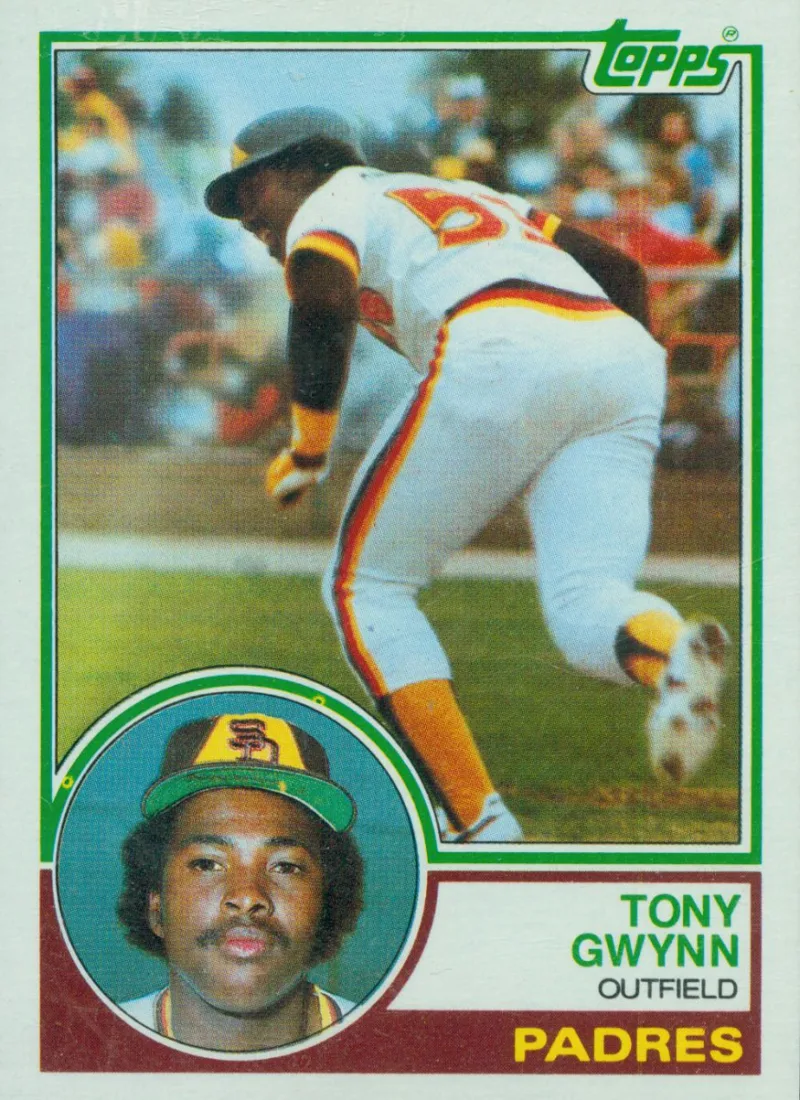
Dr. Pratt Examines the Art of the Base Hit
In the 1980s and 1990s, it wasn’t a discussion that came up very often: is the art of hitting singles a thing of the past? Until the power surge of the late 1990s and before the statistical revolution of sabermetrics tilted organizations in the direction of power hitting, singles hitters were one of the game’s informal institutions.
From the time of Ty Cobb through the end of Tony Gwynn’s Hall of Fame career, each generation valued singles hitters, and almost every team tried to stack the top of the lineup with solid contact hitters. The theory was that runs generated by moving players from one base to the next on consecutive singles counted as much as runs scored on home runs.
For better or worse, managers shifted their offensive strategy starting in the late 90s. They began loading the lineup with as many potential homers as possible, even if it meant risking a lower team batting average and far more strikeouts. Now, home run numbers are (mostly) back down to historical norms. The art of the single appears poised to make a comeback.

2019 Topps Chrome Update #45 Luis Arraez RC
San Diego first baseman Luis Arraez looks like the outstanding new example of the older model: with a .320 average and only 4 HRs, he’ll finish this season with well over 200 hits. Let’s review some of baseball’s best singles hitters of all time and examine some of their most highly prized cards.
Early Legends
The first two decades of the 20th century are sometimes called baseball’s “dead-ball era” because home runs were scarce. But the infrequency of home runs left plenty of room for the rise of some of the most exciting contact hitters ever. The fiercely competitive Ty Cobb is probably the best-known player from this era, but he was certainly not alone. Cobb finished his career with more than 3,000 singles, and his lifetime .366 average seems unattainable now.

1909-11 T-206 Ty Cobb Green Portrait
Cobb’s best competitors were Nap Lajoie, Tris Speaker, and Honus Wagner. With almost 10,000 career hits between them, these three Hall of Famers never dipped below .300 during their prime years and sometimes drove in more than 100 runs per season, even when their home run numbers remained in the single digits. The 1909-1911 T206 set is generally the best known and most valued from this period. Because of its rarity, Wagner’s has sometimes been the hobby’s most pricey card.

1933 Goudey #25 Paul Waner

1949 Bowman #11 Lou Boudreau
When homerun hitting picked up in the 1920s and 1930s and America became enthralled with the Bambino’s power and panache, small-ball players like Paul Waner, Charlie Gehringer, and Lou Boudreau kept the flame of singles-hitting alive. Waner (#25) and Gehringer (#220) can both be found in the iconic 1933 Goudey set, and Boudreau’s best card might be his #11 1949 Bowman.
Mid-Century Singles Leaders
Baseball started lighting up TVs around America in the 1950s as power-hitting sluggers like Mickey Mantle, Willie Mays, Ted Williams, and Eddie Mathews dominated the period. Still, even in the 1950s and 1960s, a few Hall-of-Fame contact hitters carried the torch, and singles-hitting remained an important part of the game.
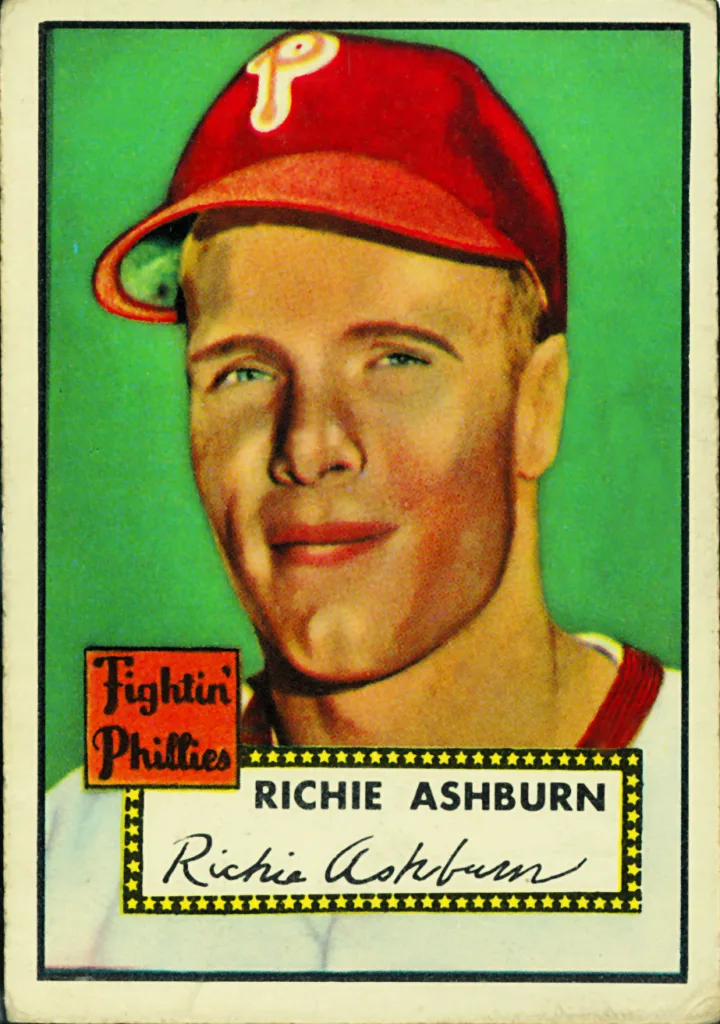
1952 Topps Baseball #216 Richie Ashburn
In a 15-year career from 1948 to 1962, playing mostly for Philadelphia, Richie Ashburn never posted more than 7 HRs in a single season. But Ashburn could draw walks as well as anyone, and his batting average routinely soared above .300. His 1,875 hits during the decade of the 1950s led the majors, and he was always a threat to steal a base. Ashburn’s 1949 Bowman rookie #214 is impressive, but his 1952 Topps #216 card is particularly striking.

1951 Bowman #232 Nellie Fox
Hall of Famer and 15-time All-Star Nellie Fox didn’t quite match previous generations in terms of batting average, but he rarely missed a game, and his penchant for slapping singles made him a significant offensive threat, though he hit only 35 HRs in his career. Fox’s rookie card is the 1951 Bowman #232, and his 1956 Topps #118 card features an energetic action shot alongside a smiling portrait of Fox.
Baseball’s Last Great Singles Hitters?
Picking up where Ashburn and Fox left off, Rod Carew and Pete Rose appeared on the scene in the mid-1960s. Neither averaged more than 10 HRs per year, but both left indelible marks on the game. By the time Rose finished his 24-year career, he had accumulated more hits than Ty Cobb, and he remains the all-time MLB singles leader with 3,215 total. Rose’s rookie card is the highly coveted 1963 Topps #537.
From 1969-1983, Rod Carew hit better than .300 every year, including five seasons above .350 (and one at an astounding .388!). He led the league in on-base percentage four times and was MVP in 1977. Carew’s best card is his 1967 rookie card, shared with Hank Allen, #569.
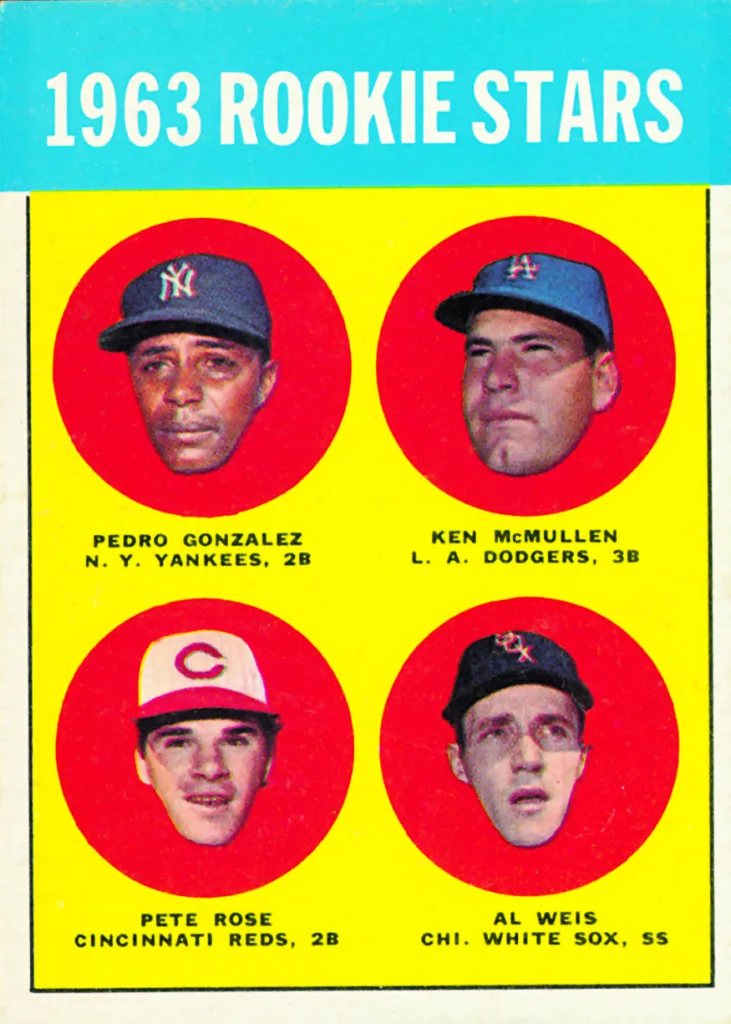
1963 Topps #537 Pete Rose
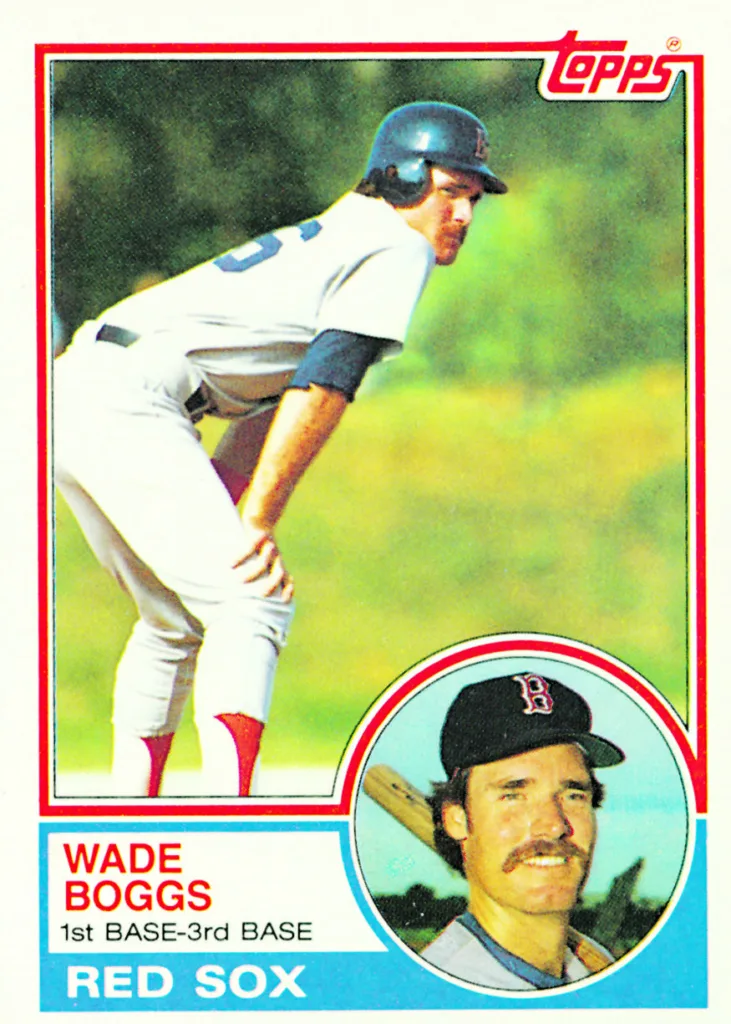
1983 Topps #498 Wade Boggs
In the 1980s and early 1990s, Wade Boggs and Tony Gwynn became singles scientists. Boggs perfected his opposite-field swing to take advantage of Boston’s Green Monster in left field, and Gwynn famously scrutinized his swings on tape after every game. Boggs’ .328 career average matched Carew’s, and with more than 3,000 hits, he was a shoo-in for the Hall-of-Fame in spite of going above 10 home runs in only 2 of his 18 MLB seasons. Boggs’ rookie card is the 1983 Topps #498.
Gwynn’s career .338 average and 3,141 hits included only 135 HRs, but every pitcher in the league feared his bat. Gwynn’s rookie card is the 1983 #482. In mint condition, cards for both Boggs and Gwynn can be pricey, and both are highly prized by collectors.
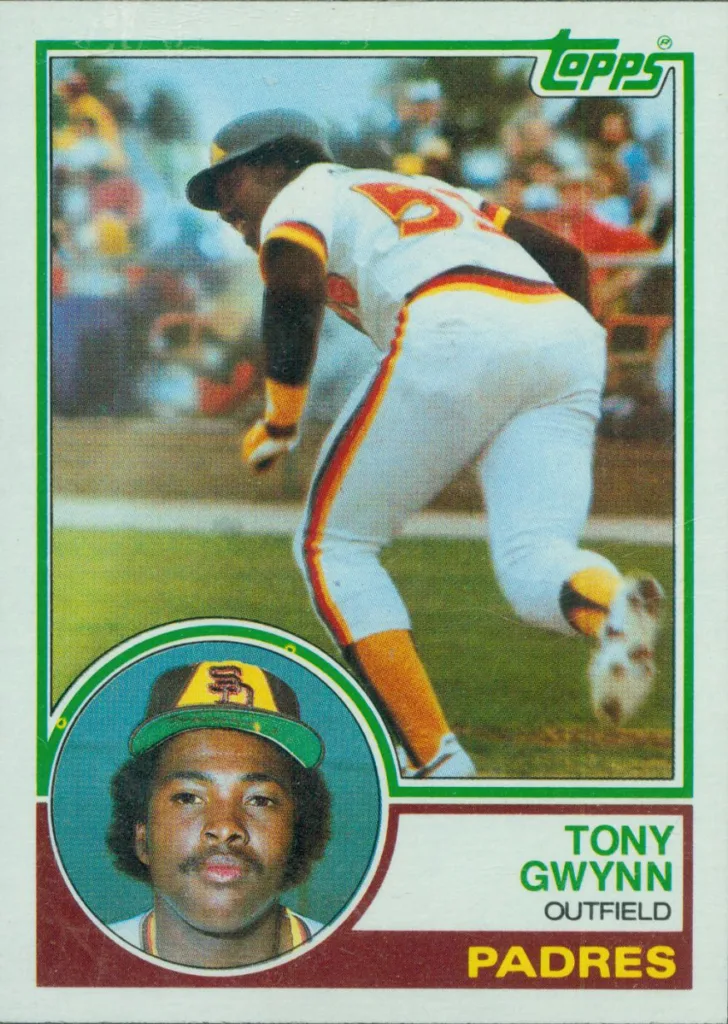
1983 Topps Baseball #482 Tony Gwynn RC
The Future of Singles-Hitting
Statisticians have shown that the percentage of singles and triples has declined in recent decades while the percentage of doubles and home runs has increased. But Luis Arraez isn’t the only current MLB player still satisfied with the seeing-eye single. Cleveland’s Steven Kwan has shown offensive promise predominantly as a singles hitter. Still, few active players seem capable of the kind of hitting we saw just half a generation ago from the likes of Ichiro Suzuki or Derek Jeter. Fans of the old-school artful single may have to wait another decade before the next master craftsman arrives.